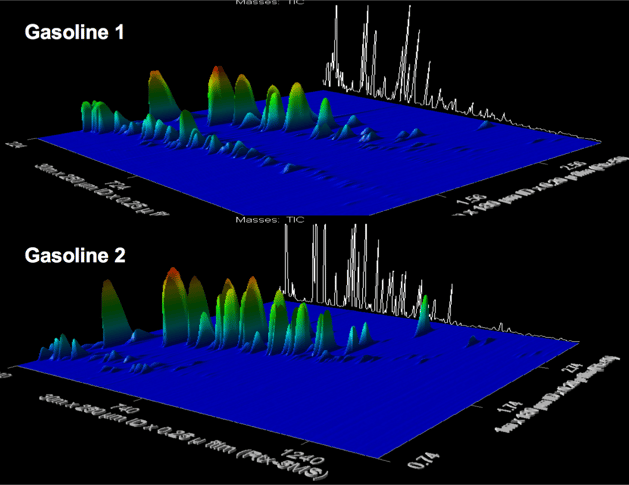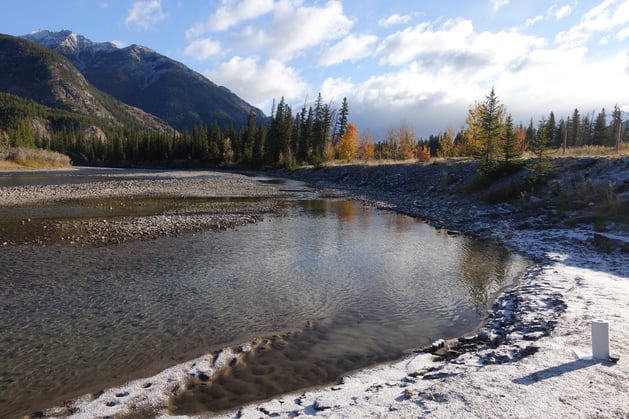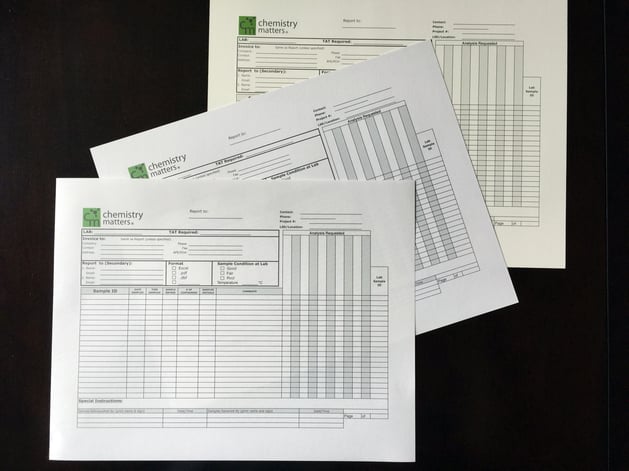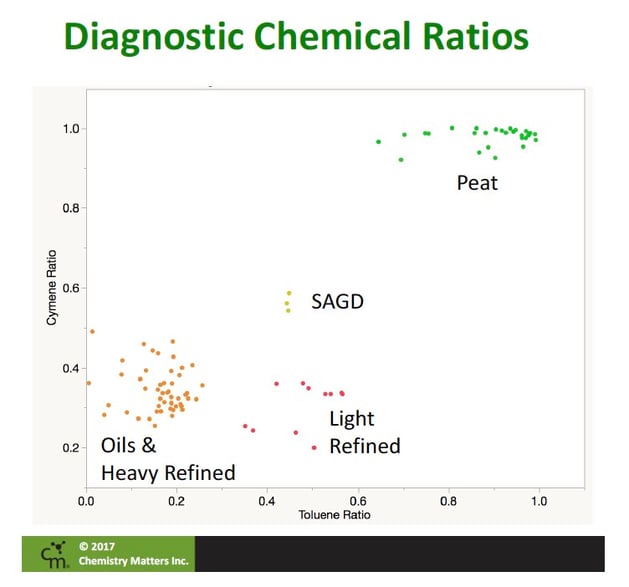You hear it all the time in the news about companies being under fire for releasing contaminants into the environment.. But have you ever wondered how they determine who is responsible for the contaminants? As experts in environmental forensics, we did an investigation to identify the source of a strange methane gas...
How Accurate Are Your Lab Results, Really? – Get the best data for your litigation case
In my previous blog, I discussed how your laboratory measurements could be precise (the results are reproducible), yet inaccurate (the value is wrong).
Accuracy and Precision
Have you ever noticed that when you are on vacation, your mind relaxes but starts thinking of work-related stuff?It isn’t a bad thing. I know I am supposed to forget about work when I am away but by relaxing, interesting things come to mind at the weirdest times.That is what happened while remote camping back in the...
Big Data GCxGC Analysis and Potential Applications in Forensics
Having recently joined the team at Chemistry Matters Inc., I am excited to have transitioned from academic science to an industry position that has allowed me to apply, on a daily basis, laboratory techniques that I learned and practised during my undergraduate and graduate studies.
Who invented gas chromatography?
Gas chromatography (GC) is an analytical technique that characterizes a chemical mixture by separation and identification of the chemical components. At Chemistry Matters, data generated from GC is used in arson investigations, biomonitoring, and environmental forensic investigations. Developing a concise timeline...
Kid in a candy store = Analytical chemist at PITTCON
Next week, I will be traveling to Philadelphia for the PITTCON Conference. I will be meeting another Chemistry Matters colleague, Michelle Misselwitz there as well. It is not so far to travel for Michelle as she is a resident of Pennsylvania but I will be spending some ever important focus time on a couple of plane...
River PAHs Characterization Part 3: 2017 – Red Deer Lakes, Sulfur Springs and an abandoned coal mine
River PAHs Characterization Part 2: 2016 – Foothills to Prairies
In the first post of this series on River PAHs characterization, we described the background to why we have spent many hours driving across Alberta from border to border to collect sediment samples from the rivers of southern Alberta.
River PAHs Characterization Part 1: An Introduction
For the last few years we have spent a lot of our free time collecting sediment samples from rivers across southern Alberta and characterizing these for Polycyclic Aromatic Hydrocarbons (PAHs). Often driving many hours across prairie gravel roads for a single good sample, it quickly became a passion of quality...
Biogenic Toluene - Where does it come from?
In the first post of this series, I described the basis for how we became involved in determining a method for the detection of a natural, biogenic source of toluene. In this post, I describe how the process works and provide some thoughts on how to conduct an investigation.
BY Phil Richards analytical chemistry, chemistry, chemistry matters, chemistry-matters.com, cmi, court sandau, Environmental Forensics, environmental professionals, Expert Witness and Litigation Support, Expert Witness and Litigation Support, field sampling, Geoforensics, oil spills, sampling, sampling best practices, Services, toluene









